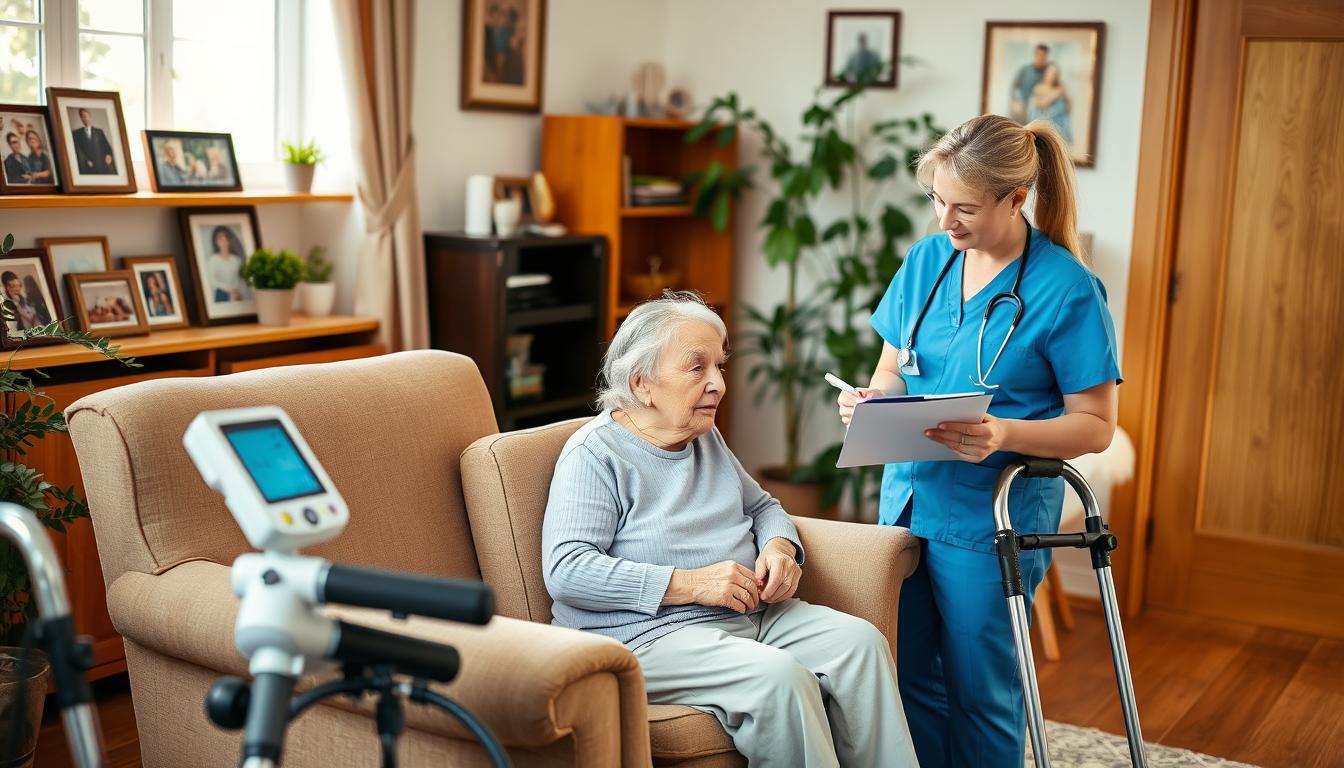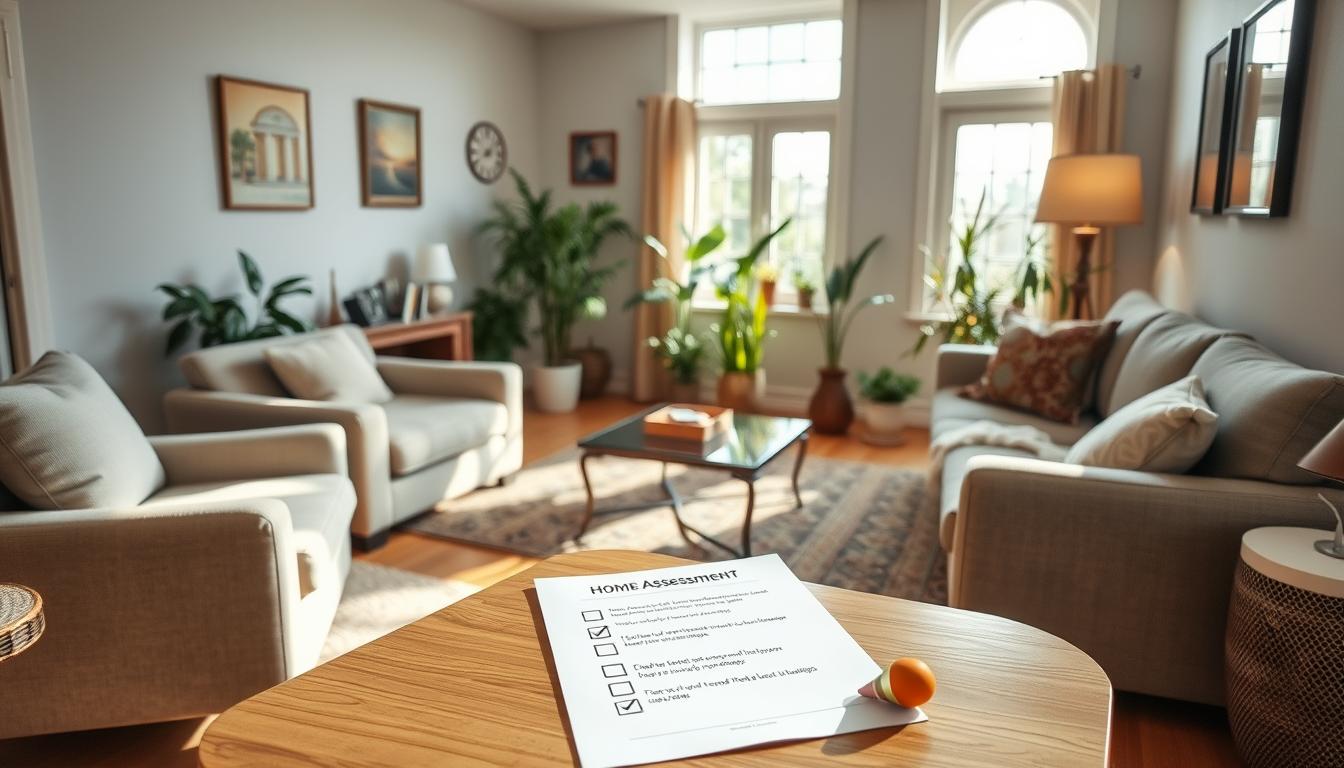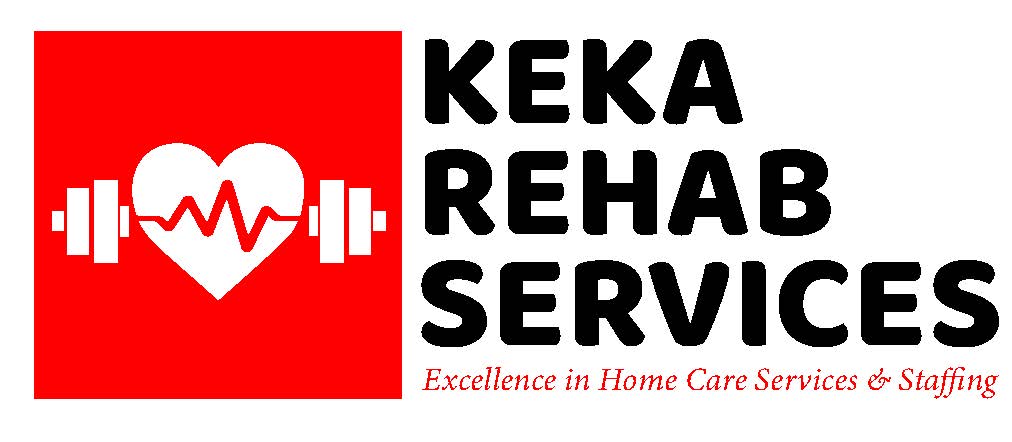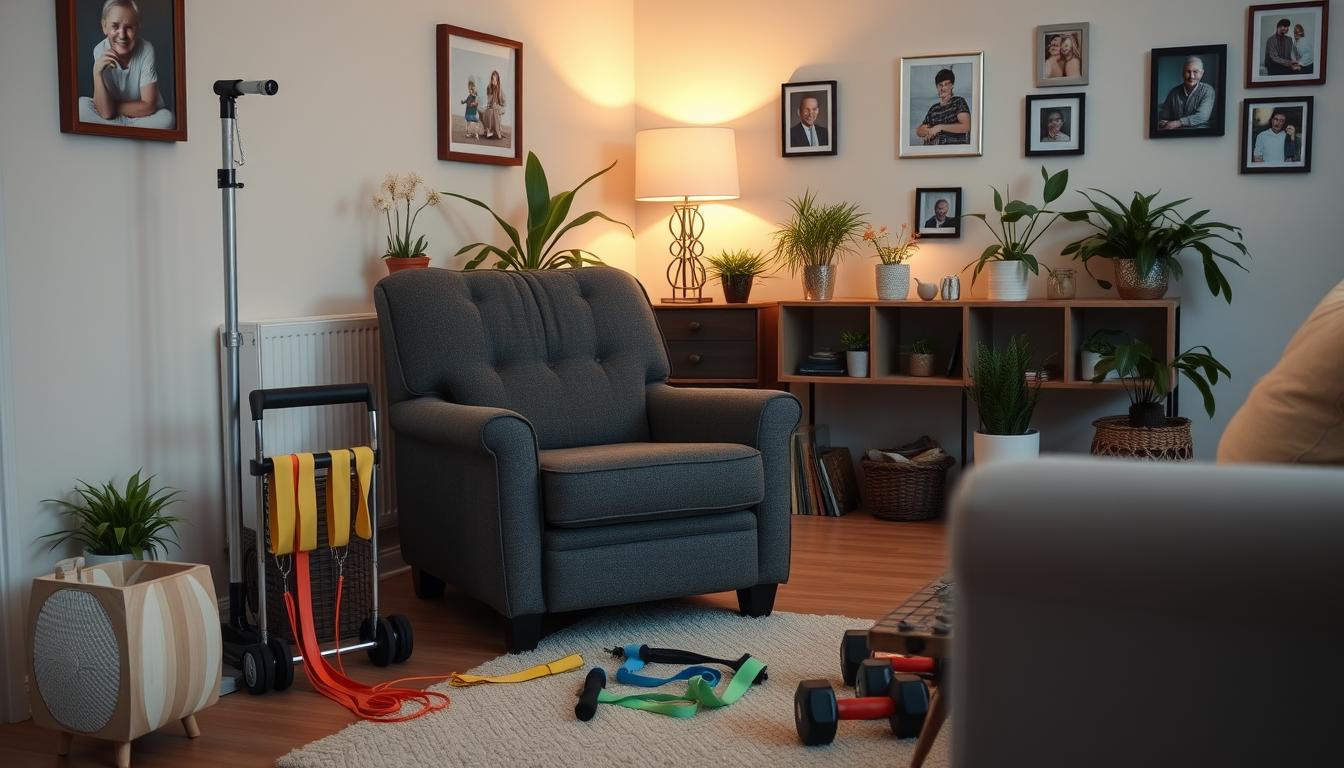Did you know seniors get better faster at home than in hospitals? Being in a familiar place helps a lot. In-home senior rehab brings care to your living room. It’s a mix of comfort and expert treatment that is changing how we support the elderly.
Home health services have grown to meet people’s needs. You can get skilled nursing, physical therapy, and more without leaving home. This is great for older adults who can’t travel but still need care.
Imagine having a clinic right in your home. Home Advantage Rehabilitation Solutions brings all the necessary tools, such as bikes and balance boards. This way, you can get all the care you need without missing a step.
In-home senior rehab is more than just convenient. It makes you more likely to follow your treatment plan and feel safer. It’s also cheaper than staying in the hospital or a nursing home for a long time.
Key Takeaways
- In-home rehab often leads to faster recovery for seniors
- Comprehensive therapy services available at home
- Portable equipment brings clinic-level care to your doorstep
- Increased comfort and reduced stress in familiar surroundings
- Cost-effective alternative to extended hospital stays
- Enhanced family involvement in the recovery process
- Improved safety and compliance with treatment plans
Understanding In-Home Senior Rehab Services
In-home senior rehab services bring care right to your home. They use many therapies to help the elderly recover and maintain their independence.
Definition and Scope of Services
Geriatric physical therapy is key in in-home senior rehab. It helps with better movement and balance, and it also includes therapy for daily tasks and talking skills.
These services help with many health issues. Like joint problems, Parkinson’s disease, heart issues, and moving issues.
Benefits of Home-Based Rehabilitation
Home-based rehab gives care in a place you know. It might cost more per visit. But, you might need fewer visits, saving money.
More insurance plans now cover these services. They see how they can save money.
Types of Therapeutic Interventions
In-home senior rehab offers many types of help:
- Physical therapy for getting stronger and more flexible
- Occupational therapy for better daily skills
- Speech therapy for talking and thinking better
More places are offering these services. About 83% of assisted living facilities have visiting physical therapists, which shows that more people want these services for the elderly.
The Advantages of Receiving Rehabilitation at Home
Getting care at home is excellent for seniors. It helps you stay independent and feel better. You get care that fits your needs, making recovery easier.
Being at home makes it easier to follow your treatment plan. It’s also less stressful and helps you recover better. You can also exercise daily, enabling you to stay home longer.
Home care is also cheaper than going to a clinic. It saves money on healthcare costs. This is good for long-term care needs.
Having family help with your care is a big plus. It makes it easier to live on your own again. This support is key for your mental health and quick recovery.
Home care is also more flexible. Unlike nursing homes, you can get care when you need it. This flexibility helps you get the proper care at the right time, improving your recovery.
Comprehensive Care Planning and Assessment
Your journey to recovery starts with a detailed geriatric assessment, which is the basis of your care plan. This assessment is tailored to your needs and focuses on your physical, emotional, and social health.
Initial Health Evaluation
Your health journey begins with a thorough check-up. This helps determine what you need help with, such as pain or mobility issues. Your team will then use this information to plan your recovery.

Customized Treatment Strategies
After your check-up, your team makes a plan just for you. This plan aims to improve your move, feel, and connect with others. It covers all parts of your life, not just your health.
Progress Monitoring and Adjustments
It’s key to track your progress. Your team should check in often to see how you’re doing. This will allow them to change your plan if necessary so that it always fits you.
Your team uses special tools to monitor your progress. Some also use online portals to provide updates, keeping your family and team informed about your journey.
Recovery is a team effort. Your input and your team’s skills help you get better at home.
Professional Healthcare Team Composition
In-home senior rehab requires a team of healthcare professionals who work together to meet the needs of older patients. This ensures a full-care approach.
Physical Therapists
Physical therapists help seniors move better and stronger. They work on balance, flexibility, and physical function, improving their quality of life.
Occupational Therapists
Occupational therapists help with daily tasks. They assist seniors in dressing, bathing, and cooking.
Speech Therapists
Speech therapists help with talking, thinking, and swallowing. They are key for those recovering from strokes or with neurological issues.
Specialized Geriatric Care Providers
Geriatric specialists focus on older adults’ health needs. They work with nurses to manage patient care.
Team success depends on teamwork. Goals, respect, and trust are key, leading to better patient care.
Good teamwork leads to better patient care, which is crucial in home health care. In the U.S., 8,090 agencies care for 2.4 million seniors and disabled people yearly.
Post-Hospital Recovery and Rehabilitation
After being in the hospital, seniors often need help to get strong again. They want to be independent. Getting care at home is key for a smooth return home. In-home rehab helps seniors recover safely at home, lowering the chance of returning to the hospital.
Transitional care helps with many things, including following doctor’s orders, managing medicines, and performing daily tasks. Caregivers help get medicines, cook meals, and take seniors to doctor visits. This way, seniors get the care they need in a well-known place.
Recovery at home can be made just for each person. For example:
- People who have joint replacements get special exercises at home.
- Those with heart issues get watched and learn about heart health.
- Patients, after surgery, do breathing exercises to avoid pneumonia.
Medicare might pay for up to 100 days in a rehab centre. However, many seniors prefer to recover at home with family help. Home care allows seniors to heal without the stress of a new place.
Good post-hospital care requires a unique plan. Caregivers work with doctors to ensure a safe and effective recovery. This teamwork helps seniors return to living independently and improves their lives after the hospital.
Fall Prevention and Safety Measures
It is essential to keep seniors safe at home. Over 25% of adults 65 or older fall each year, which means 3 million go to the emergency room. Most falls happen in bathrooms and dark bedrooms, showing that we must make homes safer.
Home Environment Assessment
Checking your home for dangers is a must. Putting handrails on stairs and lights that turn on alone can help a lot. Keeping floors clear and carpets secure with strips can also prevent falls.

Balance Training Programs
Exercises that help with balance are key. They can make falling less likely. Sit-to-stand exercises, done 10 times twice a day, strengthen legs and improve balance. Standing exercises, done 10-30 seconds at a time, five times, twice a day, are also good.
Safety Equipment Implementation
Safety gear is crucial. In bathrooms, grab bars and nonslip mats are a must. For quick help, consider emergency systems, smart home devices, or smartwatches. Wearing the right shoes and being careful of obstacles can also help.
Falls are the top cause of injury death for seniors 65 and older. In 2021, over 38,000 died from falls. By taking these steps, we can make homes safer and help seniors live independently.
Chronic Disease Management Through Rehabilitation
In-home rehabilitation helps seniors with chronic diseases, improving their quality of life and keeping them independent. Let’s examine how it tackles common health issues in older adults.
Arthritis and Joint Pain Management
Home-based arthritis treatment aims to ease pain and boost mobility. Physical therapists teach exercises to strengthen muscles and demonstrate how to use heat and cold therapy for pain relief.
These methods help with stiffness and improve flexibility. This makes everyday tasks easier.
Cardiovascular Conditioning
Keeping the heart and lungs healthy is key for seniors. Home rehab offers safe exercises to improve heart and lung function. These activities help lower cholesterol and blood pressure and increase lung capacity.
Therapists make sure the exercises fit each person’s needs. This ensures safe and effective heart and lung conditioning.
Neurological Disorder Treatment
In-home rehab benefits seniors with stroke or Parkinson’s disease. Specialists work on improving balance, coordination, and speech, using special exercises and tools to help the brain and body.
This care helps seniors feel more independent and confident. It improves their daily life.
Studies show that in-home care is very effective. Patients with in-home rehab experience 12% fewer hospital visits or death risks and perform better in daily activities. This proves that in-home rehab is excellent for managing chronic diseases.
Supporting Independence and Aging in Place
In-home senior rehab helps seniors stay home, which is essential as the population ages. By 2030, 20% of the U.S. population will be 65 or older.
These services make it safe and comfy for seniors to live at home. They help no matter how old or able someone is.
Home care services help with many things. They do housework, personal care, and health help. This means seniors get more one-on-one attention.
This makes life better and is cheaper than living in a facility.
Staying at home has many benefits for seniors. They keep their social connections and stay in places they know. They also feel safer and more connected to family.
Home care agencies also help with planning and finding new places to live. New technology, such as emergency systems and telemedicine, makes it safer for seniors to age at home.
In-home rehab services help seniors stay independent. They make it possible for seniors to live better in their own homes.



